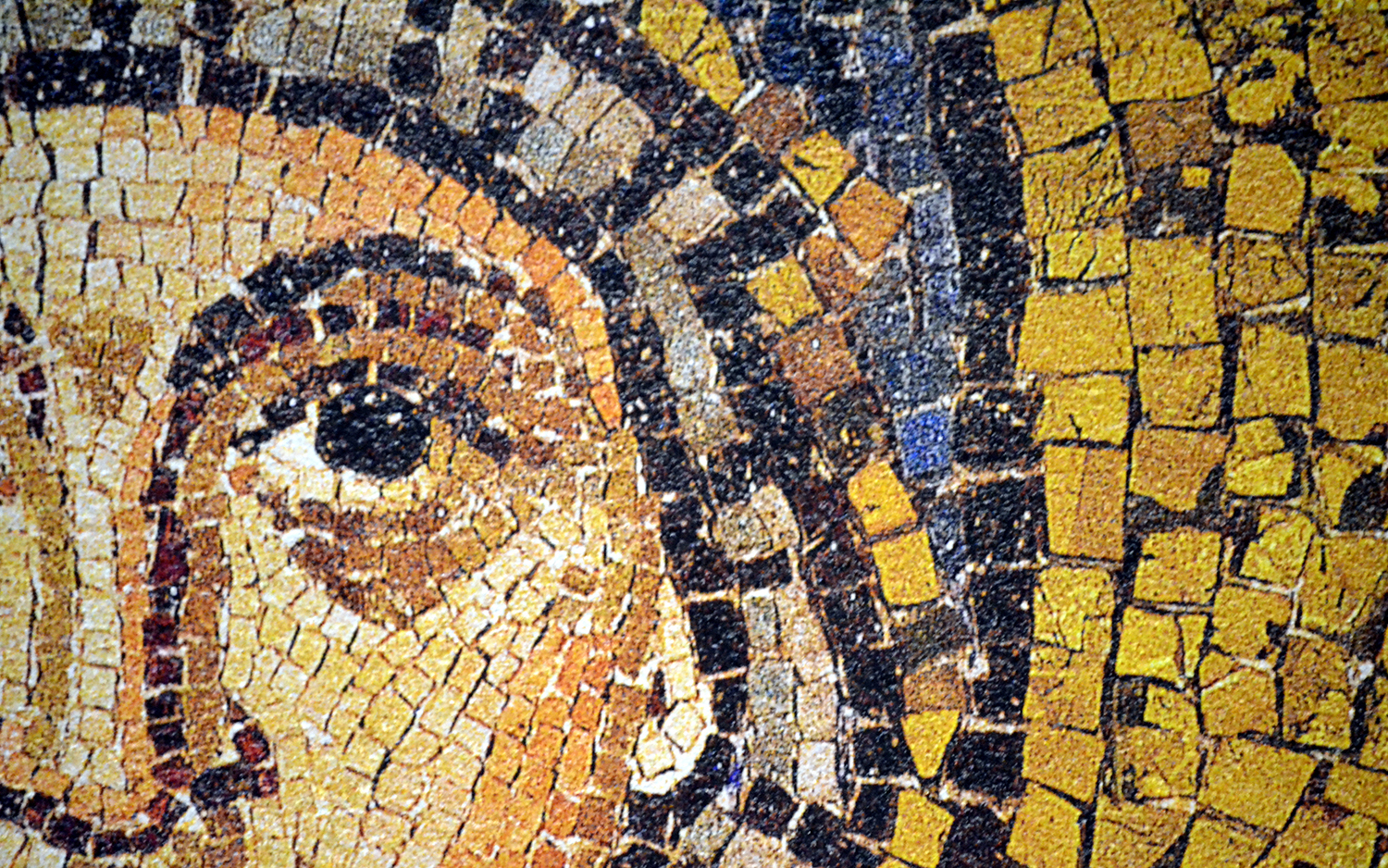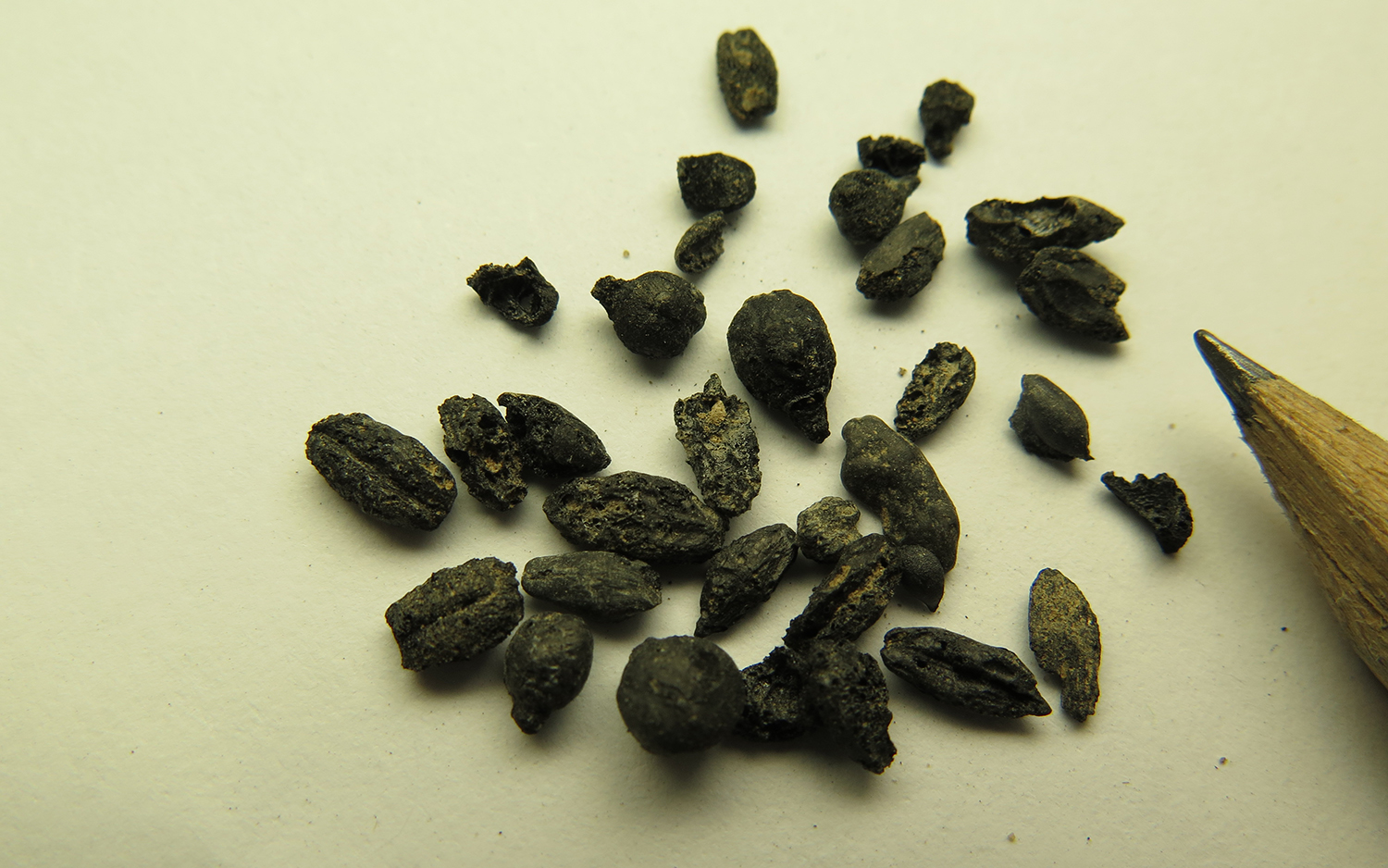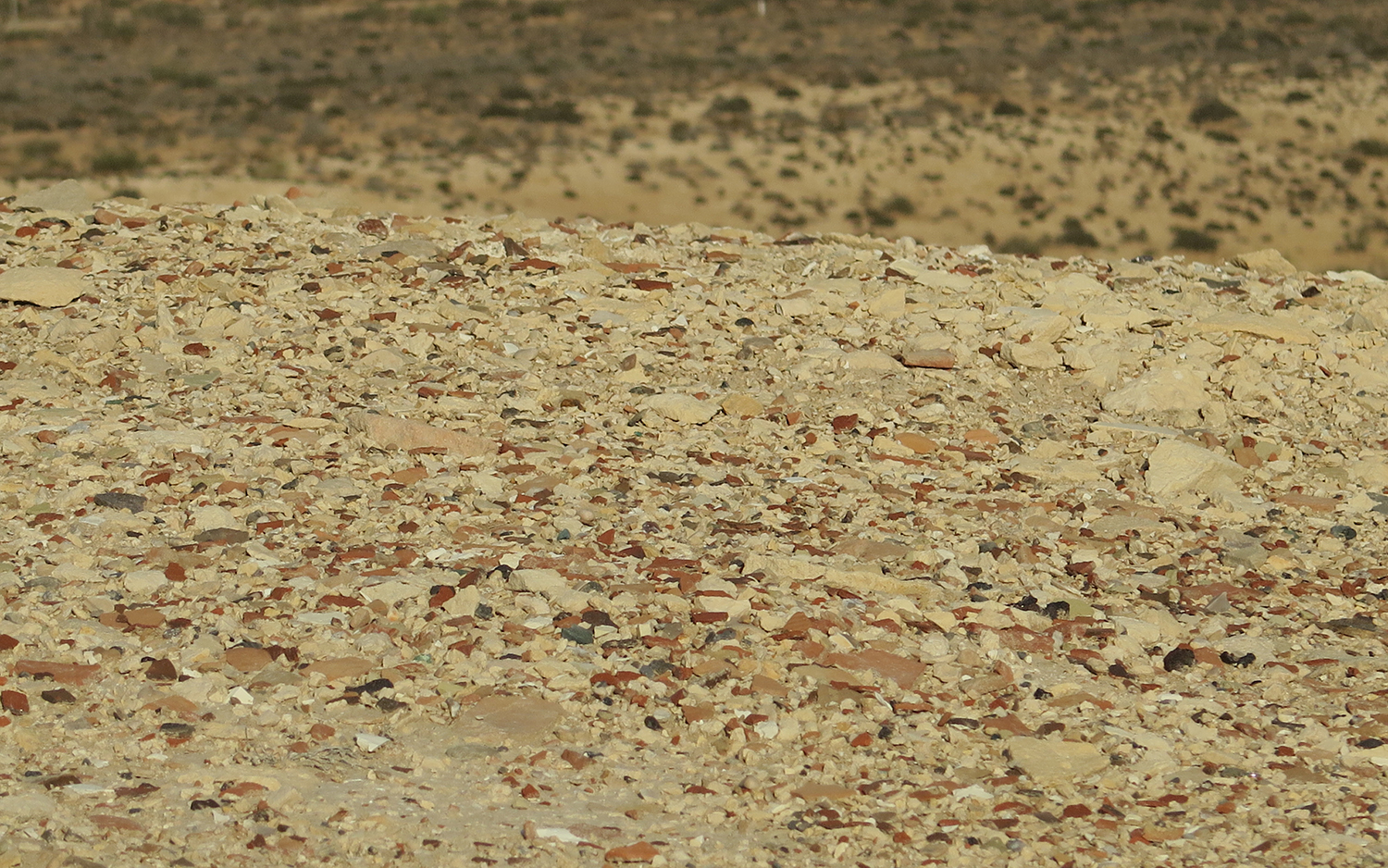Ancient Garbage Heaps Show Fading Byzantine Empire Was 'Plagued' By Disease and Climate Change

About a century before the fall of the Byzantine Empire — the eastern portion of the vast Roman Empire — signs of its impending doom were written in garbage.
Archaeologists recently investigated accumulated refuse in trash mounds at a Byzantine settlement called Elusa in Israel's Negev Desert. They found that the age of the trash introduced an intriguing new timeline for the Byzantine decline, scientists reported in a new study. [The Holy Land: 7 Amazing Archaeological Finds]
The researchers discovered that trash disposal — once a well-organized and reliable service in outpost cities like Elusa — ceased around the middle of the sixth century, about 100 years prior to the empire's collapse. At that time, a climate event known as the Late Antique Little Ice Age was taking hold in the Northern Hemisphere, and an epidemic known as the Justinian plague raged through the Roman Empire, eventually killing over 100 million people.
Together, disease and climate change took a devastating economic toll and loosened Rome's grip on its lands to the east a century earlier than once thought, according to the study.

Finding treasure in trash
Elusa was already partly excavated, but the new investigation was the first to explore the site's long-ignored trash heaps, lead study author Guy Bar-Oz, a professor of archaeology at the University of Haifa in Israel, told Live Science in an email.
Unlike the architecture of an ancient city, which could be repeatedly destroyed and rebuilt, landfills steadily accumulated over time, creating continuous records of human activity. Clues found in preserved garbage dumps could thereby reveal if a city was thriving or in trouble.
"For me, it was clear that the true gold mine of data about daily life and what urban existence in the past really looked like was in the garbage," Bar-Oz said.
Sign up for the Live Science daily newsletter now
Get the world’s most fascinating discoveries delivered straight to your inbox.
In the dump sites, the scientists found a variety of objects: ceramic pot sherds, seeds, olive pits, charcoal from burned wood and even evidence of discarded "gourmet foods" imported from the Red Sea and the Nile, the study authors reported.

The scientists carbon-dated organic material such as seeds and charcoal in layers of trash mounds located near the city. They found that trash had built up in that location over a period of about 150 years and that the accumulation terminated in the middle of the sixth century. This suggested there was a failure of infrastructure, which happens when a city is about to collapse, the researchers noted.
Based on the new evidence, researchers concluded that Elusa's decline began at least a century before Islamic rule wrested control of the region from the Romans. In fact, Elusa was struggling during a period that was relatively peaceful and stable; it was during this time that the Roman Emperor Justinian was expanding the empire's boundaries across Europe, Africa and Asia, Bar-Oz said.
With the empire enjoying "a period of glorious success," it would seem logical to expect that its outposts would be financially secure, Bar-Oz said. Yet the data the researchers collected suggested the opposite.
"Instead, we are seeing a signal for what was really going on at that time and which has long been nearly invisible to most archaeologists — that the empire was being plagued by climatic disaster and disease," Bar-Oz explained.
The findings were published online today (March 25) in the journal Proceedings of the National Academy of Sciences.
- History of the Byzantine Empire (Byzantium)
- Hagia Sophia: Facts, History & Architecture
- In Photos: 8 Byzantine Empire Era Shipwrecks Excavated in Turkey
Originally published on Live Science.

Mindy Weisberger is an editor at Scholastic and a former Live Science channel editor and senior writer. She has reported on general science, covering climate change, paleontology, biology and space. Mindy studied film at Columbia University; prior to Live Science she produced, wrote and directed media for the American Museum of Natural History in New York City. Her videos about dinosaurs, astrophysics, biodiversity and evolution appear in museums and science centers worldwide, earning awards such as the CINE Golden Eagle and the Communicator Award of Excellence. Her writing has also appeared in Scientific American, The Washington Post and How It Works Magazine. Her book "Rise of the Zombie Bugs: The Surprising Science of Parasitic Mind Control" will be published in spring 2025 by Johns Hopkins University Press.










